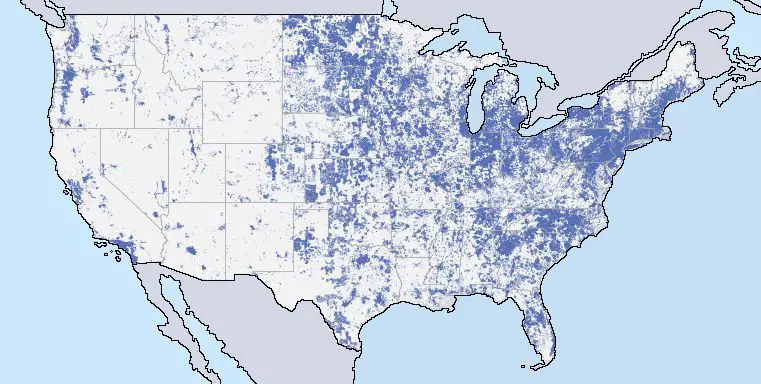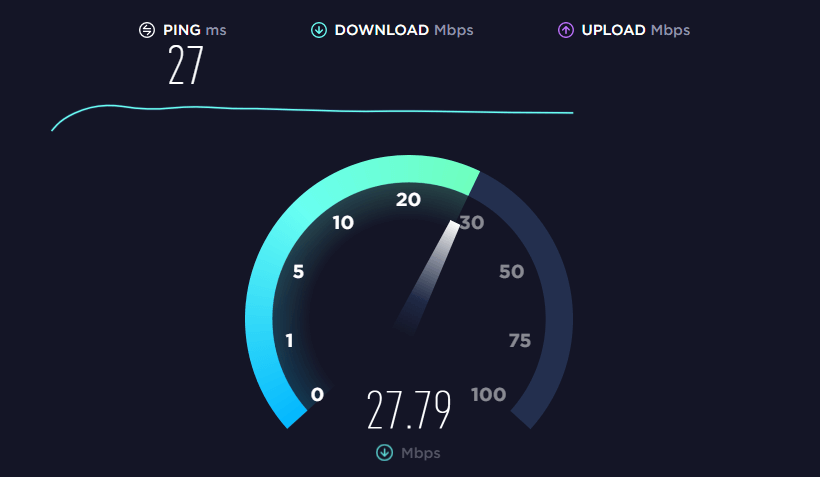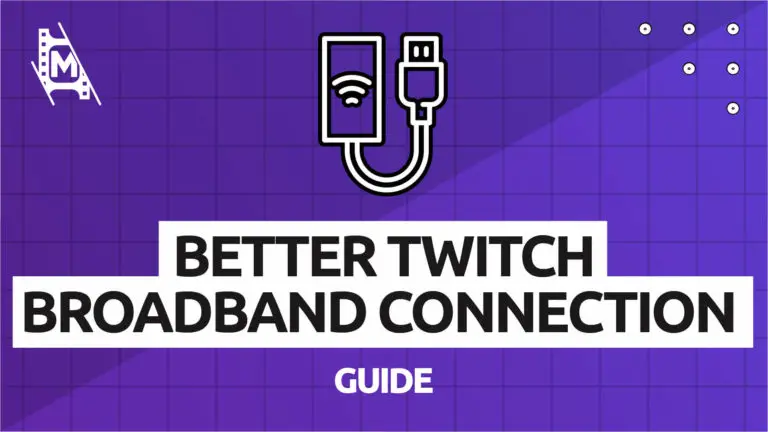For any Twitch streamer, stuttering or completely failed broadcast is a nightmare. It doesn’t take long for a hard-won audience to switch away from their channel. The competition is huge, so the chances are that once someone clicks away, they will quickly find something else to watch and never come back. For that reason, broadcasters must know how to troubleshoot and solve connection issues rapidly.
Set Yourself up to Succeed
Anyone who is planning to stream needs to set themselves up for success. That means buying the right equipment and, above all, investing in the best broadband connection. Without that, you won’t get far. Going the extra mile and contracting gaming broadband can help with streaming. But it is vital to dig into the contract and terms to make sure that it is as good as advertised. You do need to read the small print.
Here are 12 tips on what you need to consider and double-check when choosing equipment and a Twitch broadband connection for streaming, along with some guidance on how to test and troubleshoot each of them.
1. Is the Upload Speed Fast Enough?
To stream successfully, you need a fast upload speed. Most residential providers prioritize download speeds because that is what most of their customers do. So, it is vital to check that the upload speed is also adequate.
Twitch recommends a speed of 3 to 6 Mbps depending on the resolution and frame rate you want to broadcast at. But, generally speaking, contracting more than you think you will need is the best approach. It provides you with some slack and will enable you to broadcast at a better resolution and frame rate per second. It also makes it easier for you to adopt new standards and keep the quality of your broadcasts as high as possible. Also, remember that you may want to broadcast on other platforms like YouTube that already fully support 4K.
Bear in mind that you also need some spare bandwidth to properly play the game you are streaming. Or to run the software that you are demonstrating.
2. The Right Type of Connection
How the signal is delivered to your home or place of business is also an important consideration. In some places, you will have a choice of providers. Usually, it is best to choose the one that delivers the signal via fiber optic. It is capable of providing genuine symmetrical speeds. On the other hand, Coaxial sustains good download speeds, but the upload speed is usually nowhere near as good.

3. Does Your Internet Provider Throttle or Cap?
Before signing up with an internet service provider, double-check their throttling and capping policies. If you are going to stream regularly, it might be worth considering paying extra for a commercial contract. Often, they are not capped or throttled.
4. Understand How to Choose the Right Bitrate
For streamers, setting up their bitrate is a bit of a headache. Upload speed plays a significant role in what rate you can use. So before setting your bitrate, run a speed test.
You also need to bear in mind that if your bitrate is set too fast, you might be excluding some viewers. If your bitrate is high, e.g., 8000 Mbps, someone who has an internet speed of less than 3mbps will probably not be able to watch your stream. In most cases, taking the middle route and choosing 4,000 Mbps is the best approach.
If you do want to experiment with different bitrates to see what works just read this in-depth article. It includes, up to date, step-by-step instructions, which will enable you to choose the correct bitrate for your connection and audience. Then, set it up.
5. Monitor the Speed You Are Actually Getting
Carefully checking the terms and conditions and reading through the reviews will help you to choose a decent broadband provider. But you should not leave it at that.
It is best to regularly check your connection to make sure that you are actually getting what you pay for. That means running speed tests several times a week, even when you are not streaming.
Unfortunately, things change, and an ISP who is not capping can suddenly start doing so, which can mean that you are left unable to stream properly. Often without prior warning.
6. Become a Twitch Inspector Superuser
If you want, you can use something like speedtest.net.

But for Twitch streamers, the Twitch Inspector is a better choice. It provides you with all of the basic information you can use when speaking to your internet provider. As well as helping you to set up the right bitrate.
It has an excellent troubleshooting tool built into it. One that shows you how your data is flowing into the Twitch servers. It highlights whether you are suffering from the most common streaming issues.
7. Check for Connection Instability
Perhaps most importantly of all, you can use Twitch Inspector to pick up on periods of broadcast instability. It can be tough to convince an internet service provider that their connection is not stable. Using Twitch Inspector and taking screenshots of periods of instability enables you to gather convincing evidence.
8. Choose the Right Encoder Settings
You need to bear in mind that you are the source of what is broadcast. If your hardware is producing a stuttering image, that is what you are sending to Twitch. Often, the source of this issue is your encoder settings. To learn more about this watch this YT video from the 5-minute point.
You can also use the Twitch Inspector to help you work out if encoder issues lead to a poor-quality broadcast.
You can find out more about using Twitch Inspector by clicking here.
9. Understand How to Switch to a Lower Resolution
If, during a broadcast, you experience lag, the problem may be that your display and base resolution are not the same. You may also have to dial back your scaled resolution.
10. Do Your Research Before Signing up With an ISP
Now that you know what the basic requirements are as well as the potential issues you understand what to look for when contracting a new broadband connection. Be sure to take your time and check the small print and read the reviews.
11. Invest in the Best Hardware You Can Afford
If you want what you stream to be of the best quality, you will need to use the right hardware.
The right graphics chip and processor
Your graphics chip needs to be able to deal with a heavy rendering load, and you need a processor that can handle playing the game at the same time as outputting your stream. You can find some graphic card and processor suggestions here.
Adequate memory
Streaming uses a lot of memory. In theory, 8MB is enough, but in reality, you need the breathing space that 16MBs gives you. A fast hard drive is also an asset. For this reason, streamers are increasingly opting to use Solid State Drives (SSDs).
The right software
If you are using your computer to stream, you will need some simple streaming and recording software. There are several to choose from, some of which are free. OBS Studio falls into this category. All sorts of Twitch broadcasters use it.
A webcam and microphone
Not all streamers want to engage with their audience. But most do. When it comes to building a following, letting your audience see and hear you help a lot, in theory, you can use the built-in camera on something like a laptop, but the quality of the image will not be very good. Plus, you are not likely to be able to place it to get your good side in. It is better to buy a decent clamp-on web camera to put where you need it and adjust to frame you properly.
You will also need a microphone. Again, the ones that are built into laptops and webcams are rarely adequate for streaming. Instead, invest in a mid-range USB mic. If you are planning to run a podcast too or teach over Zoom, paying a bit more for an XLR microphone may well be worth doing.
12. Don´T Be Afraid to Ask For Help
The streaming community is a very friendly one. So, never be afraid to reach out and ask for help.
Potential sources of sound advice
Often, you will find that you get the best advice from people who are streaming the same activities as you. Even though you are in theory in direct competition with them, they will still want to help most of the time.
The Twitch platform provides reasonably good how-to articles, but they are not always the fastest way to solve the problem. It will often be easier to go to YouTube and watch someone over the shoulder as they solve the problem you have. It is best to search, then watch the videos that have recently been uploaded. They tend to be the ones that have the most up-to-date information.
Reddit is another good source of help. You rarely get in-depth instructions there but will often uncover the potential root of the issue. Enabling you to further search using the proper terminology, which is far more likely to discover a solution.
In Conclusion
When you first start using Twitch, the chances are that you will experience a few broadband issues. But we hope the advice in this article will help to make that less likely.
Our last piece of advice is to test your connection about an hour before you are due to broadcast. That way, if something is not right, you will have a chance to fix things.
